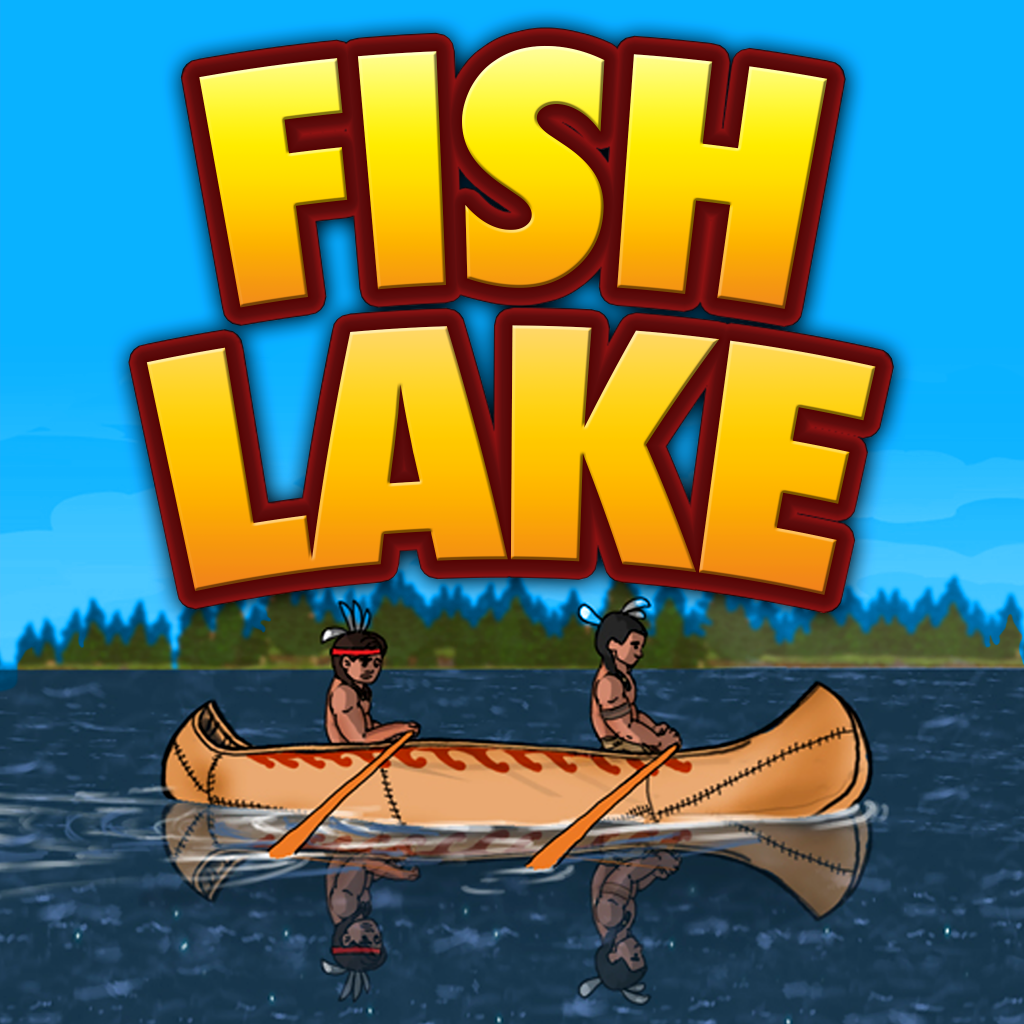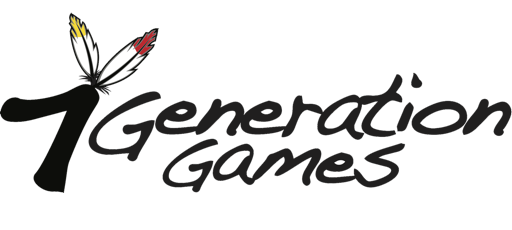Standards
Click here to scroll down to Standards.Summary
Grades 3 and 4 are pivotal grades for students. In Grade 3 they are introduced to multiplication and division within 100 in Common Core State Standards (CCSS). Third graders are initially expected to learn that unit fractions are a part of a whole and do comparisons and they need to have a solid foundation of multiplication and division for Grade 4 fraction work. Fourth graders are expected to delve into fraction equivalence, ordering, and increasingly complex comparisons to start (which leads into further operations).
Using the fraction kit video below, you can introduce students to unit fractions with a numerator of 1. Using manipulatives and models is useful for understanding how fractions work and recognizing equal numerators and equal denominators.
Our standards-aligned Fish Lake game is a great learning app for practicing fractions because it features video explanations and features guided practice for support.
Technology Required
To play Fish Lake, you need iOS devices (iPhone or iPad), Windows PC, or a Mac computer.
Grade 4 Lesson Plan: Equivalent Fractions
Teachers, check out this complete lesson on equivalent fractions for Grade 4. The only thing you need to do is add your own exercises for independent practice. Two standards enclosed in the slides and addressed: CCSS.MATH.CONTENT.4.NF.A.1 and CCSS.MATH.CONTENT.4.NF.A.2.
Video: Make a Fraction Kit
- Pencil
- Marker
- Construction paper (Using five different colors is optimal.)
- Scissors
This DIY fraction kit can provide your Grade 3 and 4 students with a handy visual representation of basic fractions for making comparisons (express whole numbers as fractions and identifying fractions that are equal to whole numbers, which are Grade 3 subdomains of the following standard: CCSS.MATH.CONTENT.3.NF.A.3).
Fraction Mini-Lesson Ideas
- Display a picture of a group of students. Have your child count the number of people in the group. Ask them for the fraction of kids who are wearing blue, or have red backpacks. This can apply when you’re out and about in public and are people watching.
- Today we ordered a cheesecake for takeout at The Cheesecake Factory. The man at the restaurant sliced it into eight parts. You, your sister, and your brother just had one slice each and I shared one slice with Grandma. What fraction of this cheesecake did we just eat together? What fraction of the cheesecake is left? Is there another way to write your answer?
- Find a recipe online. Have your kids help you with preparing breakfast, lunch or dinner by first having them look for the measuring tools in the cabinet. Explain that the measuring tools are a way of using fractions in getting the recipe just right.
- Fractions are used in money. Kids can use play money to calculate fractions. A dime is 10/100 or 1/10, a quarter, 25/100 or 1/4, and so on.
- You can use probability. The next time you serve snacks, like multicolored candy, put a small number (the denominator) in a paper sack. Have your child see the candy. Ask your child the likelihood of picking, say, a yellow candy or a blue candy from the bag using fractions to predict the chances. (If there were 3/10 of the blue ones, you’d have a smaller chance of getting blue than yellow, which is 6/10. You have a tiny chance of getting green, which is 1/10 of the whole. There no likelihood of picking a red piece of candy, since there are none in the bag.) Explain the fraction for the first few times, but have your child try identifying fractions on their own.
- Ask your child to count how many people are in their group as a whole. Ask students if this value should be the denominator or numerator. Have them identify each value for the different shoe colors to write as numerators. 2 people out of 4 people have brown shoes; that’s 2/4. Is there another way to write this fraction?
Play Fish Lake

In Fish Lake, players practice independently with fractions while learning math problem-solving strategies. This game also introduces students to Native American history. Recommended for grades 4 and up, so it’s a good transition for students who are ready to apply their fraction knowledge. Runs on iPad, Mac and Windows computers.
More about Fish Lake here!
Standards
Grade 3
CCSS.MATH.CONTENT.3.NF.A.1: Understand a fraction 1/b as the quantity formed by 1 part when a whole is partitioned into b equal parts; understand a fraction a/b as the quantity formed by a parts of size 1/b.
CCSS.MATH.CONTENT.3.NF.A.3: Explain equivalence of fractions in special cases, and compare fractions by reasoning about their size.
CCSS.MATH.CONTENT.6.RP.A.3.A: Make tables of equivalent ratios relating quantities with whole-number measurements, find missing values in the tables, and plot the pairs of values on the coordinate plane. Use tables to compare ratios.
Grade 4
CCSS.MATH.CONTENT.4.NF.A.1: Explain why a fraction a/b is equivalent to a fraction (n × a)/(n × b) by using visual fraction models, with attention to how the number and size of the parts differ even though the two fractions themselves are the same size. Use this principle to recognize and generate equivalent fractions.]
CCSS.MATH.CONTENT.4.NF.A.2: Compare two fractions with different numerators and different denominators, e.g., by creating common denominators or numerators, or by comparing to a benchmark fraction such as 1/2. Recognize that comparisons are valid only when the two fractions refer to the same whole. Record the results of comparisons with symbols >, =, or <, and justify the conclusions, e.g., by using a visual fraction model.

